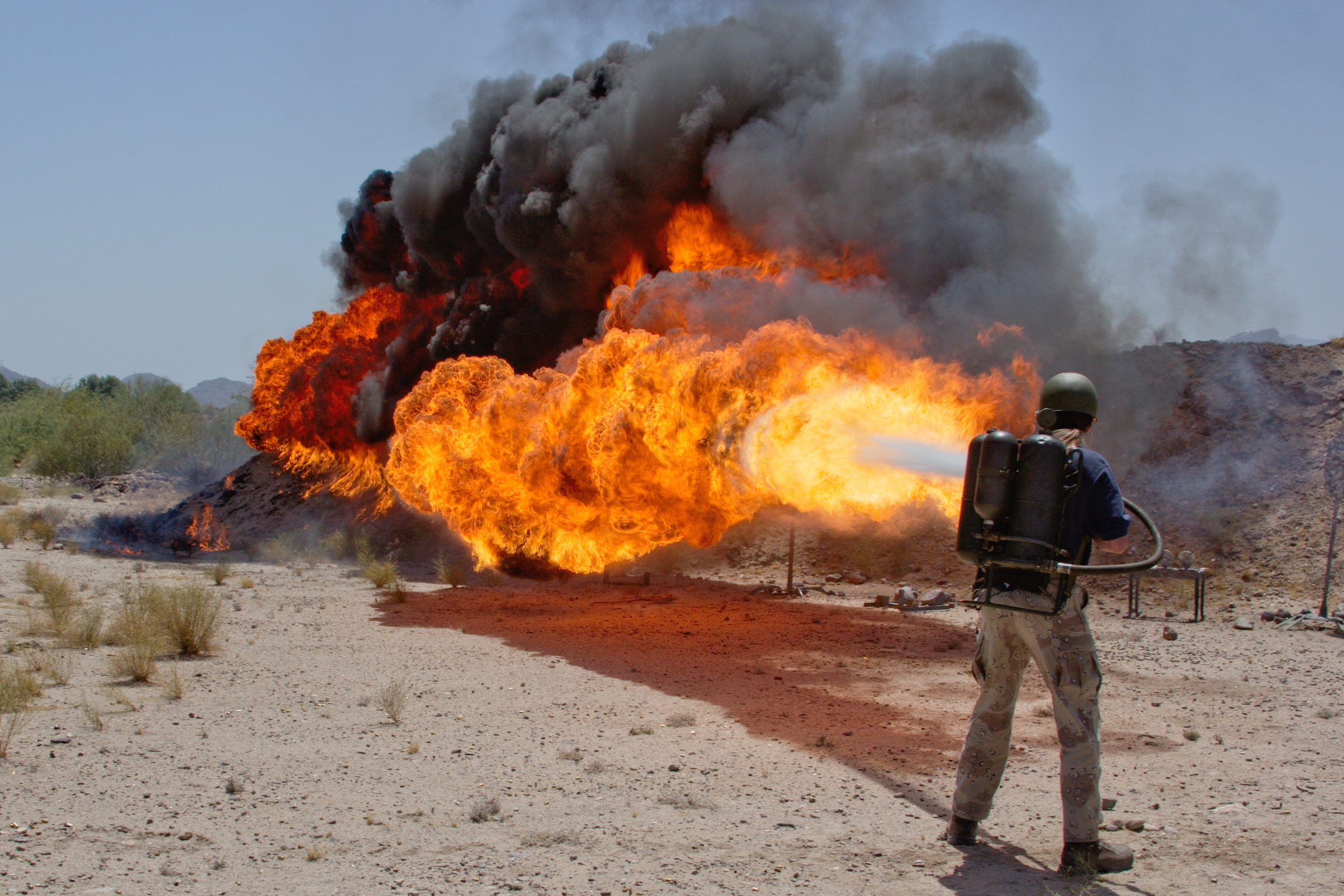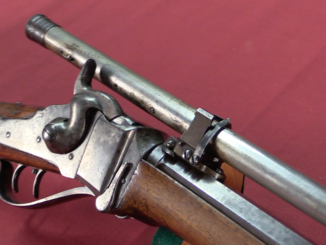The 37mm gun was found in many guises during World War One – that caliber was the smallest allowed to use exploding projectiles by the 1899 Hague accords. Every nation in the world, it seems, used 37mm guns of one type or another. Well, one particular version I had the chance to look at was built by Bethlehem Steel in Pennsylvania for the French Army. Chambered for the same 37x136mm Hotchkiss Heavy cartridge used in US naval service, 200 were purchased in 1916. Only 15 were actually shipped before the US Army seized the bulk of the order in 1917 – but they were never put into any sort of service by the US military. The French tested the guns for suitability as n infantry gun, anti-tank gun, anti-aircraft gun, and naval landing gun – and found unsuitable for all roles. It was probably tested only as a backup in case the redesign of the Mle 1916 Tir Rapid ran into problems.
At any rate, the 15 guns sent to France were sent back at the end of the war, and the guns remained in US Army inventory until 1921, when they appear to have been distributed out the National Guard units.
I think this is a very cool gun for the present-day enthusiast. In addition to the historical links to WWI, it has the practical benefits of being relatively light and using ammunition relatively inexpensive to reload. And, of course, the free mount and shoulder rest and iron sights give it more the feel of a shoulder rifle than later light artillery that use precisely adjusted mounts. This one is just more fun to shoot! Alas, there are very few still in existence. Perhaps an opportunity for someone who wants to make a reproduction Big Boy’s Toy?




In many respects, it is similar to the much later British 6-pounder AT gun of WW2. Notably the free traverse and automatic-ejecting breech with automatic closure when reloaded.
Given enough velocity and some decent AP shot, it would have been a nasty surprise for the tanks of its era.
cheers
eon
if someone wanted to make reproductions of this sort of gun wat sort of legal hoops would you need to jump thru ?
What do you think about scaling down this design for 10 gauge or 12 gauge for sake of ammunition availability, how would laws threat weapon like that? Like generic shotgun or otherwise?
BTW: By saying of cannon craft you reminded me of older forgottenweapon post:
https://www.forgottenweapons.com/need-a-gunsmithing-project/
I think it would be classified as an AOW. I’ve thought about making an artillery simulator by mounting a pistol in a ranson rest on a little artillery mount.
I wander myself I was just thinking of this how about a paper cartridge for artillery pieces and percussion ignition why can t somebody make fine replicas using fine steels instead of pot metal and resins for the non shooters
Repeal the old gun acts of 1934 then the Brady bill why not ?
Think the 10th Mountain used these in WW2 as a 37mm Manpack guns? mounted on a M2 tripod.
Great article I would love to own one of these !
Aim still searching for oerlikon pieces I got lucky finding a m 14 optical gunsight plus the air driver for it on eBay for hardly anything
How about unknown guns like the lee firearms company carbine civil war I got lucky on eBay it’s looks never used folks can sell gun parts so half a gun is a part after the auction the seller sells the other half I was lucky thanks for this amazing article
Thanks for bringing light artillery into fore again! As far as potential use, what was it intended against in framework of WWI tactics? My guess would be anti-cavalry providing time fuses would be used.
Just passing idea… this kind of thing could be easy replaced today with HV grenade launcher – with lighter weight and probably more terminal effect. But this gun is cute by all means.
I can very well understand why the French rejected the gun for infantry gun use; with that kind of size, weight and profile one would expect at least a 65mm gun such as the actual Schneider Mle. 1906 mountain gun:
http://www.landships.info/landships/artillery_articles/65mm_Mle_1906.html
The free traversing mount is also not very good for a direct fire infantry gun, since their main purpose was to destroy or suppress enemy machine gun nests and other strong points. Once you had the gun pointed to a right direction, you would continue to fire at the same spot as long as needed for destruction or suppression, and a free traversing mount would make that much more difficult.
However, as an anti-tank this gun seems to have merit. According to Tony Williams’s site the muzzle velocity of the naval variant was 670 m/s, and this probably has the same length barrel, so by WW1 standards it should be a pretty good AT gun, of course assuming an AP projectile was available. Also, for AT use the free traverse would have been very suitable. The French did not have much use for an AT gun in WW1, so perhaps they considered it too big and unwieldy for that purpose as well.
Very good reference page with video!
This gun Mle1906 was really fit for the time, the golden era of field mid-calibre gun. I also concur with your reasoning for featured weapon. There was virtually no means of tracking and holding on target.
there are 2 of these guns in Salem,NH at veterans park. from what I’ve been able to find out they were kept by a veterans organization (VFW?) and issued/loaned to home defense units on the coast in the Rye/Odiorne Point area and returned after V-E day.